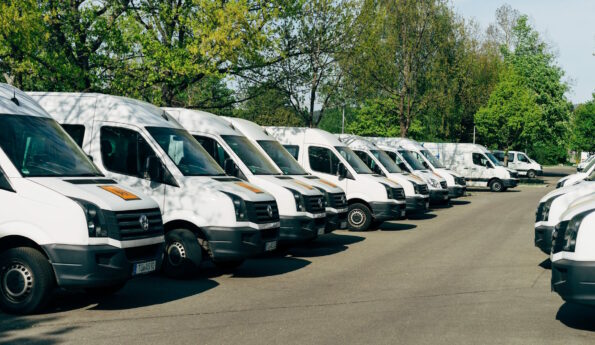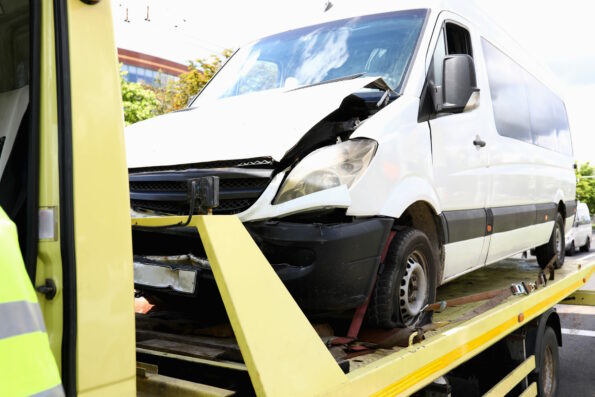Owning and operating a fleet of vehicles is certainly not for the fainthearted. Not only do you have to contend with your drivers, customers, and business-related issues, but you also need to ensure your vehicles are in tip-top condition and ready to roll when the calls come in. However, as with many things in life, this is far easier said than done. Fail to stay on top of it at your own peril as you risk causing downtime and bottlenecks that could convince your existing customers to move their business to another company better able to meet their needs.

Allow technology to take some of the strain
Technology can be used in a variety of fleet management applications, from keeping you informed about the whereabouts of your drivers to helping you improve fuel efficiency and cut costs. However, regarding risk reduction, GPS and HD imaging can significantly reduce the typical problems that occur in this industry. When on the lookout for the perfect system, you should look for a combination of features that coalesce to give you all the information you need to make informed judgments. For instance, HD Fleet’s GPS tracking cameras feature a broad range of options that can help you ascertain if a driver is acting erratically, whether they are taking the most fuel-efficient routes, and also imaging solutions that help protect yourself and other road users in the case of an accident. The volume of data these systems offer will go a long way toward ensuring that your business is running smoothly and that your drivers are driving safely.
Ensure your drivers are fully trained and licenced
Your drivers are at the sharp end of the stick and are the forward-facing component of operations. Therefore, it makes sense to hire the very best in your area and provide additional fleet driver training to get them up to speed with company procedures. Your drivers must hold the correct class of licence for the vehicles they are driving. Proper training will guarantee that they are aware of your expectations and possess the skills necessary to carry out your instructions, and a license is essential to guarantee that you are appropriately covered by insurance.
Insure yourself up to the hilt
It’s essential that you understand your legal obligations as regards the correct and appropriate insurance for your business, plus whether you want to take additional insurance for specific risk areas. Choose a company that specialises in fleet risk insurance and they will have products that are designed to make managing your insurance more efficient.

Conduct regular vehicle inspections with well-trained technicians (prioritise preventative maintenance)
It is far better to practice preventative maintenance than have to react to each issue that arises and thus spend more time than should be necessary to put out the fires as they pop up. Preventative maintenance begins with your drivers understanding how to do a pre-start check and continues throughout the entire organization. Therefore, it’s wise to invest in both driver’s training that teaches them the basics of vehicle inspection before they set out for the day and into a dedicated garage replete with technicians and the latest equipment to keep things running smoothly.
When managing a busy fleet operation, plenty of things keep you busy, so if you see a chance to lower the risks involved, you should take it. With suitable training systems, technology, and adequate insurance coverage, you can ensure that everyone is safe and that business keeps coming in.
